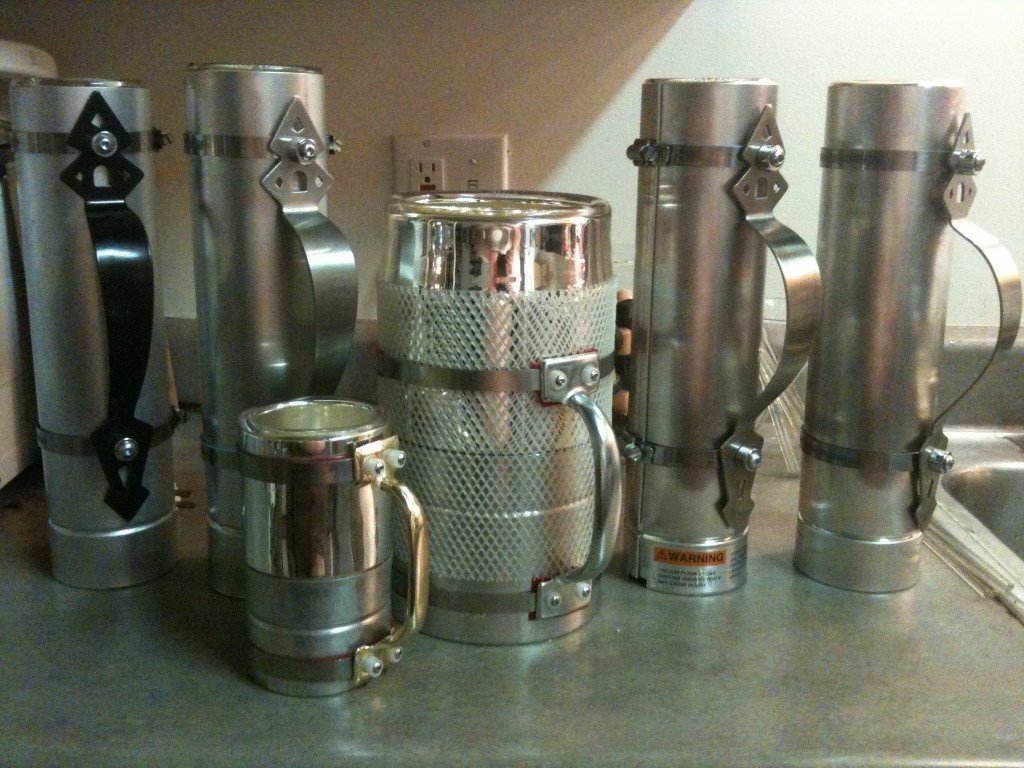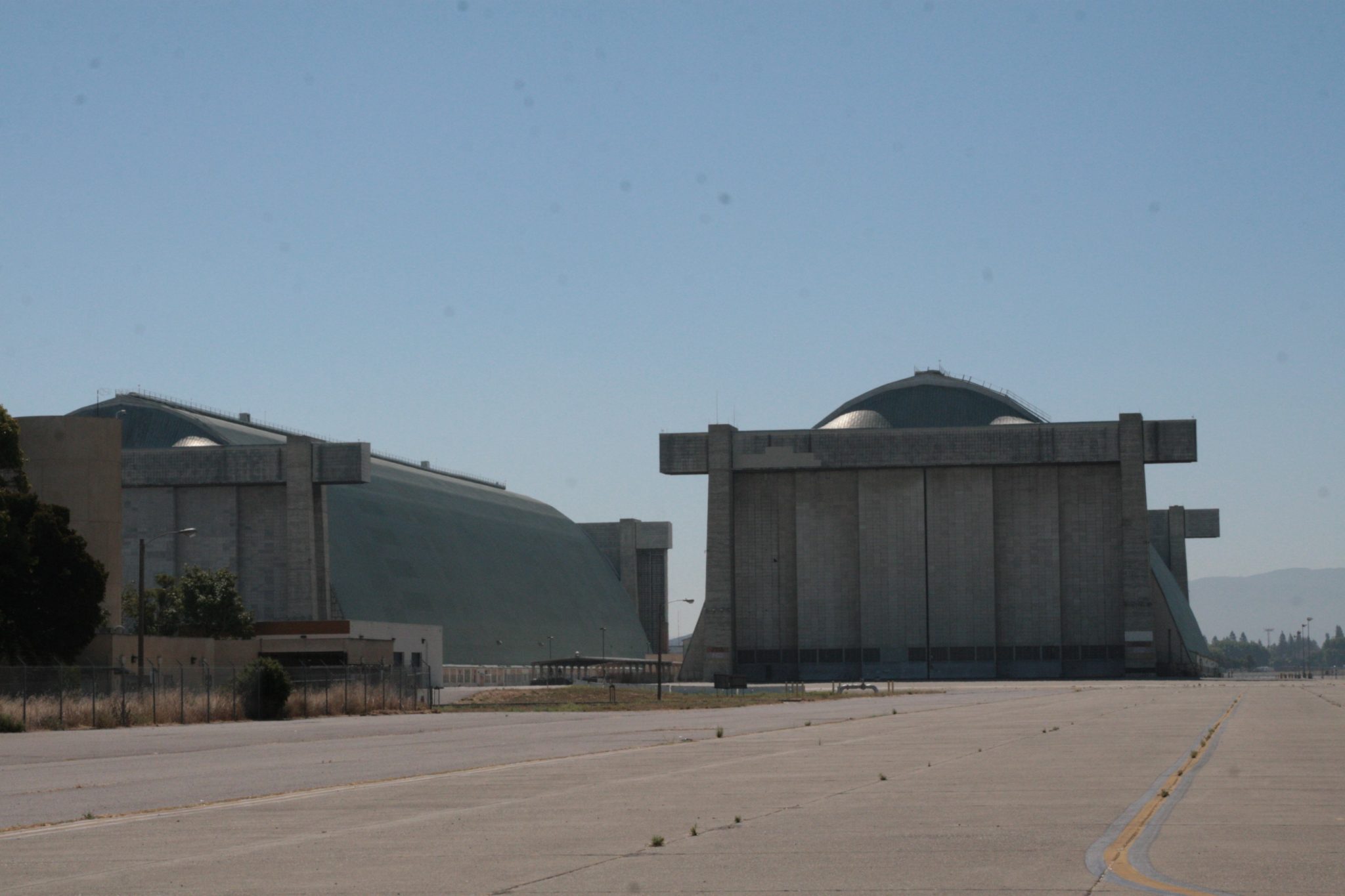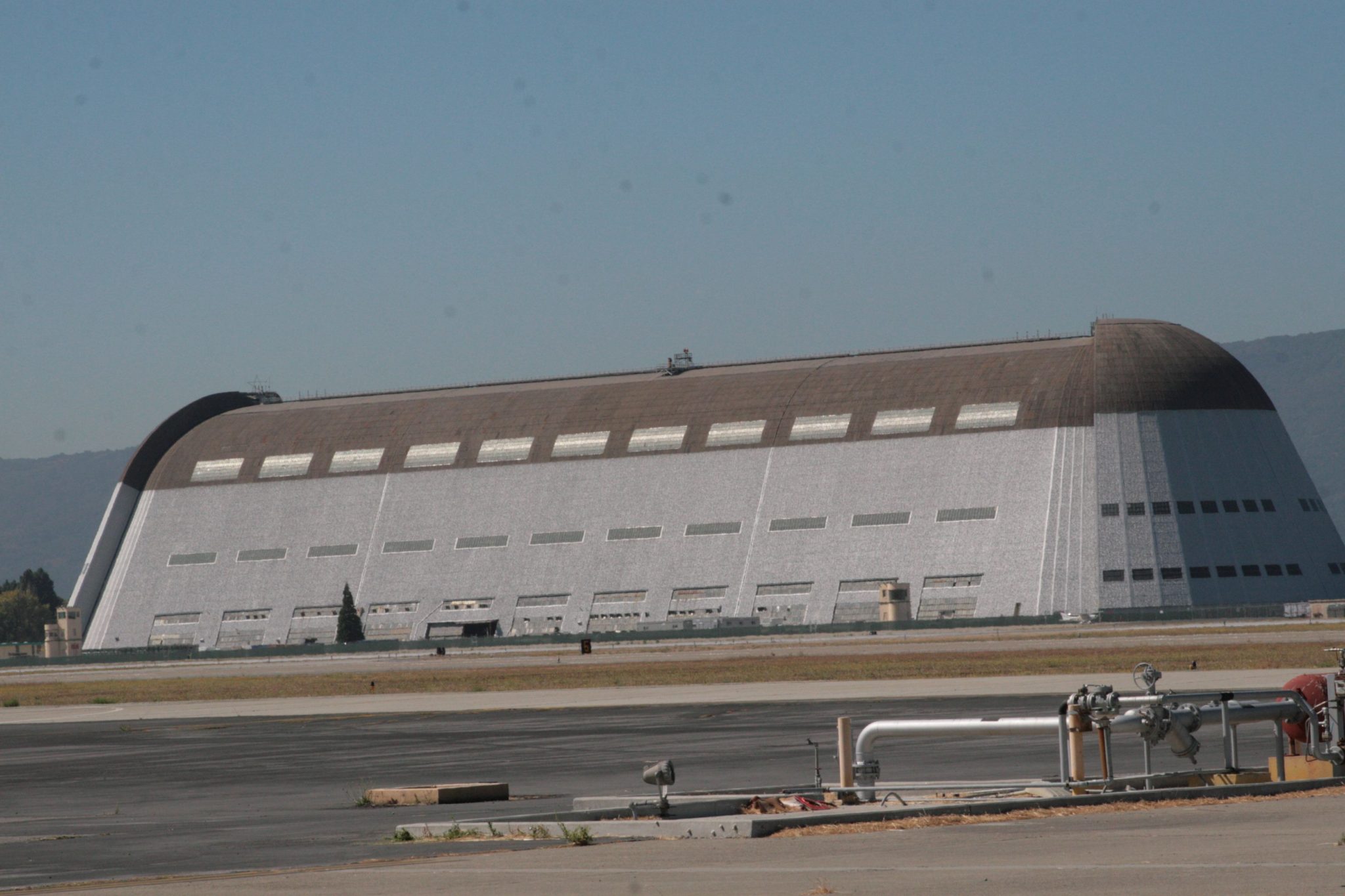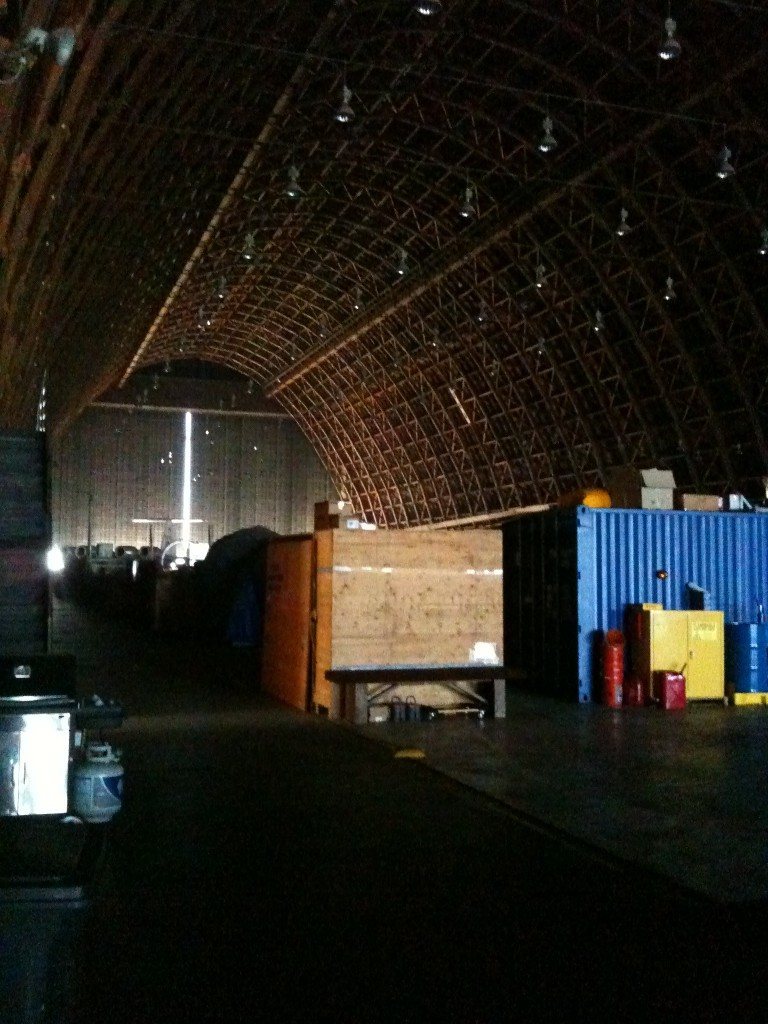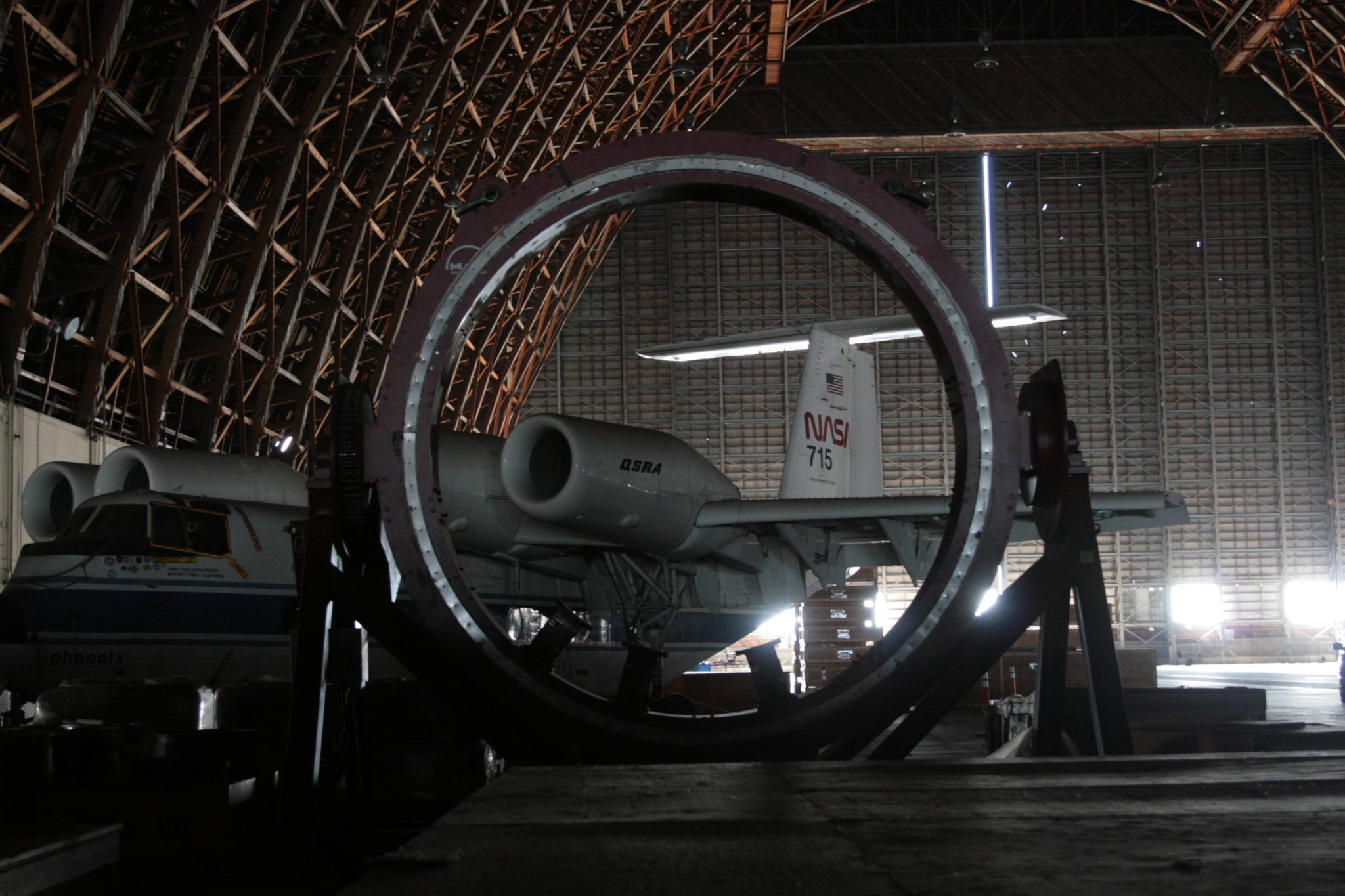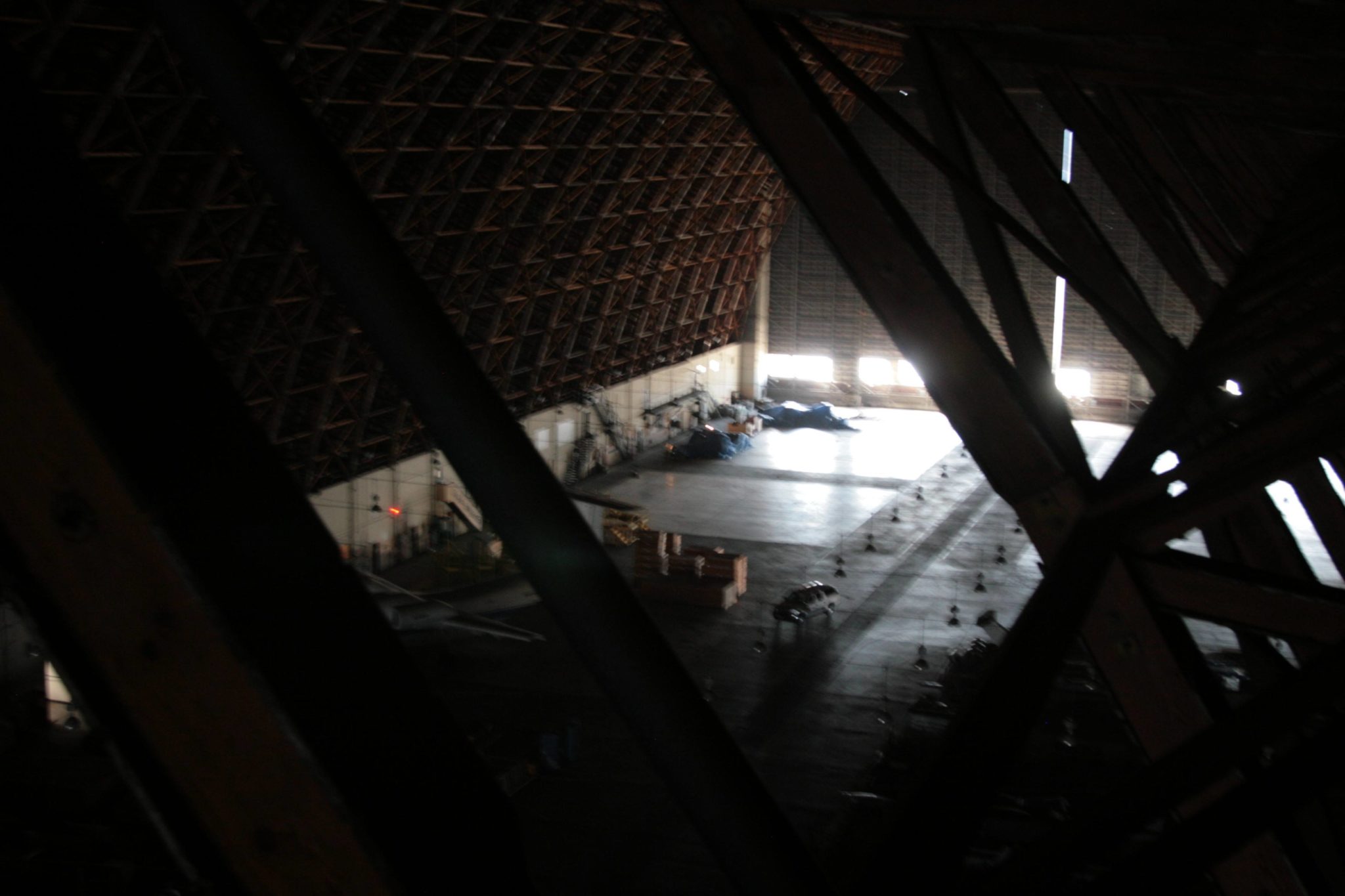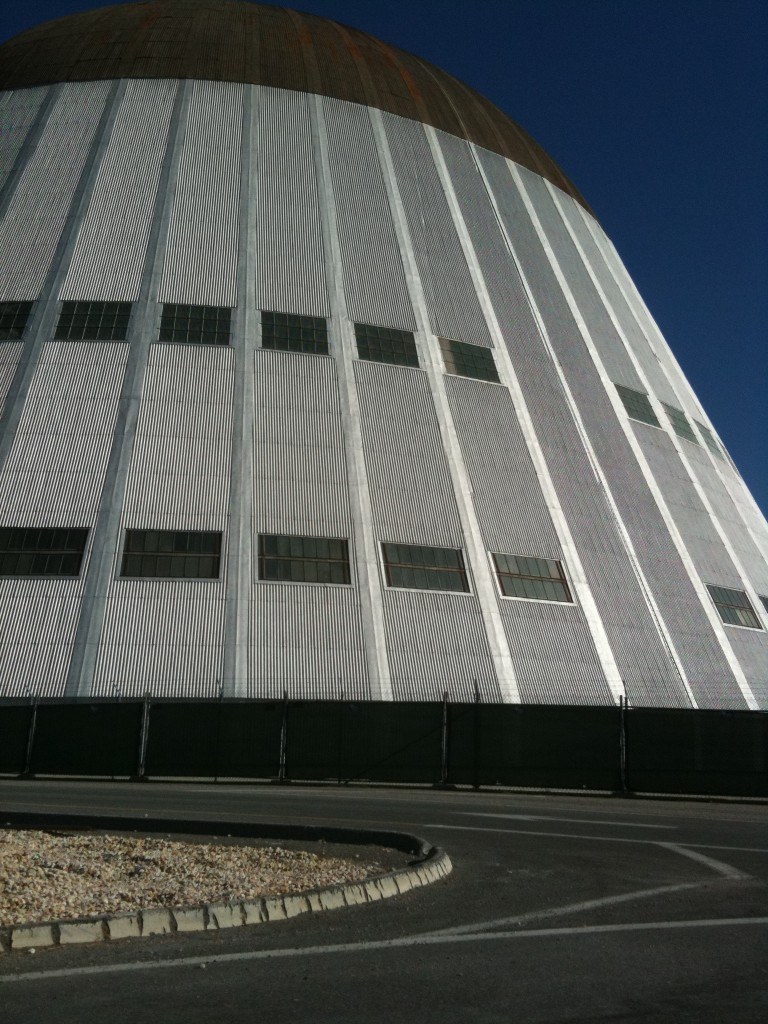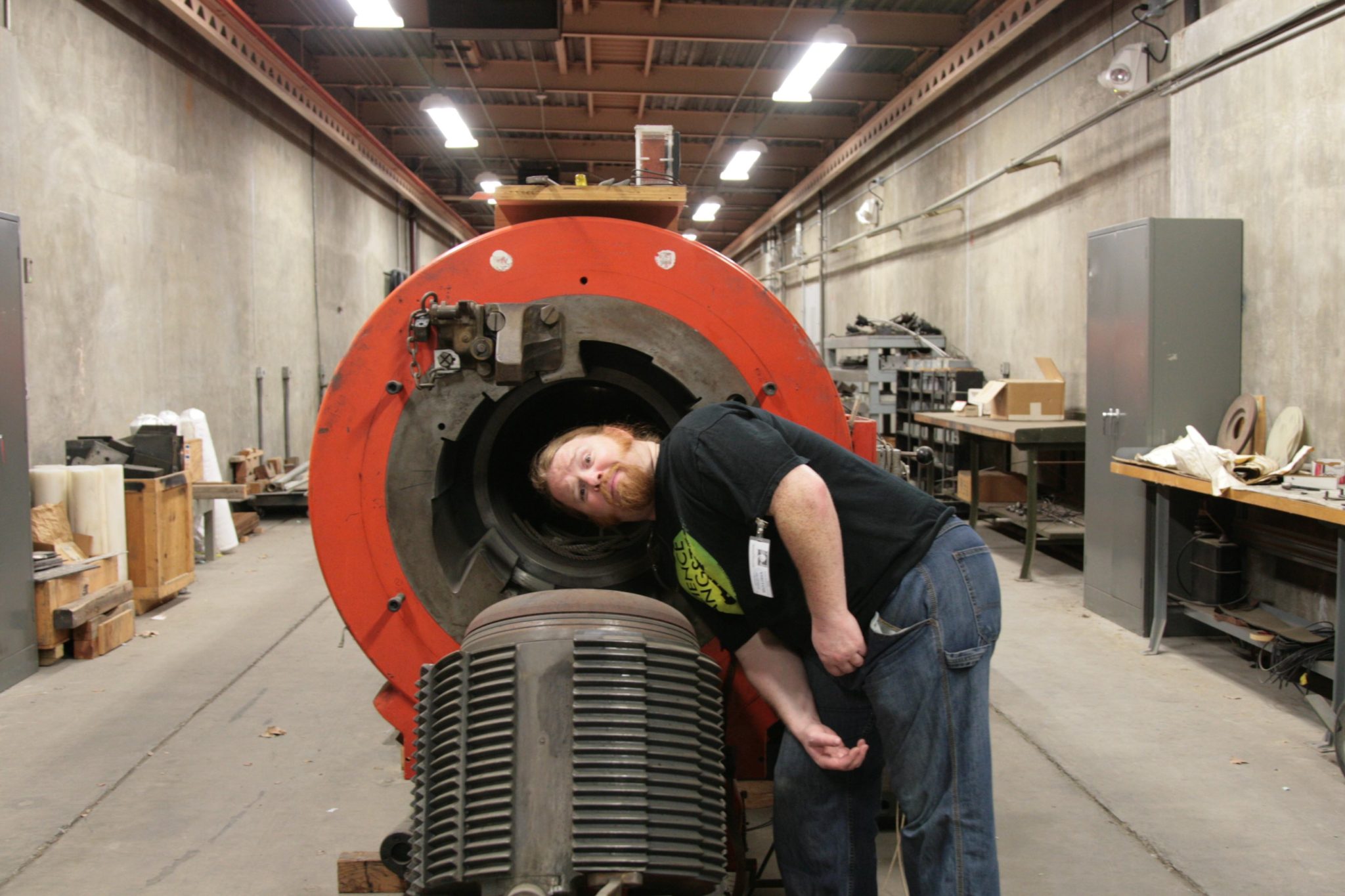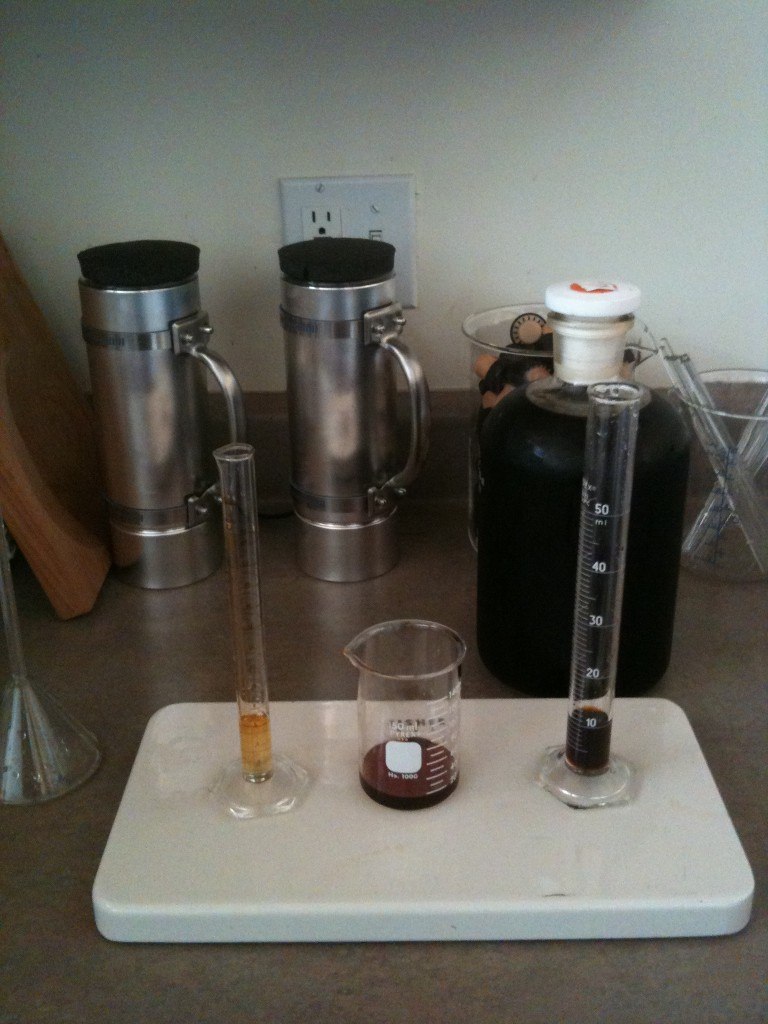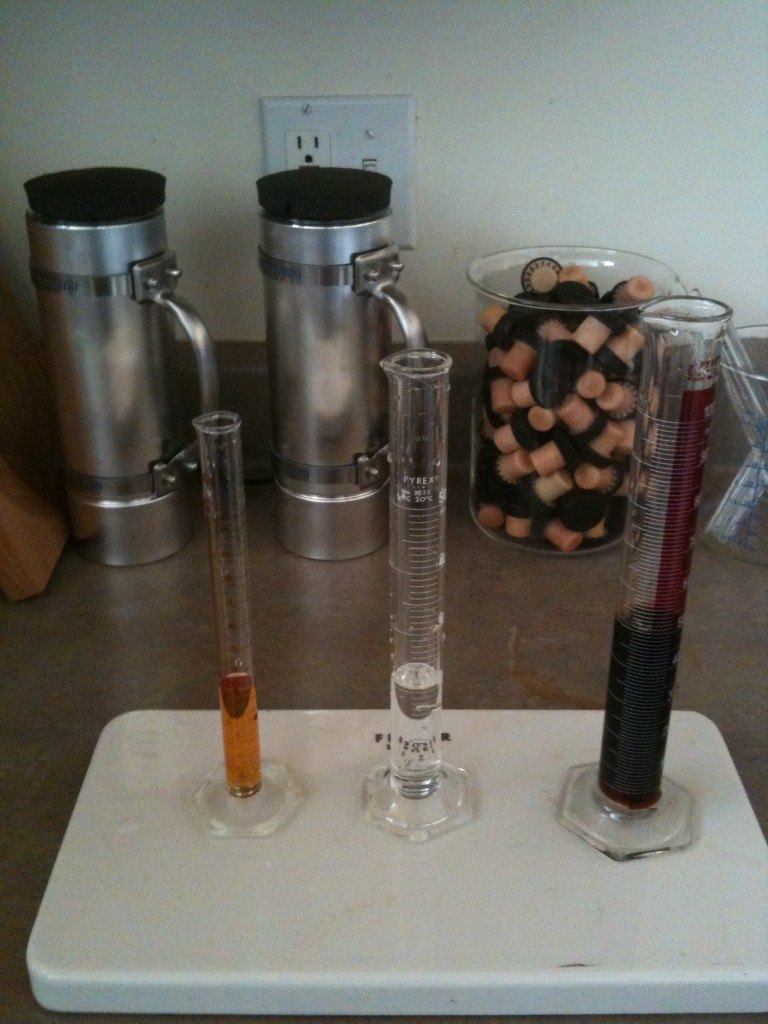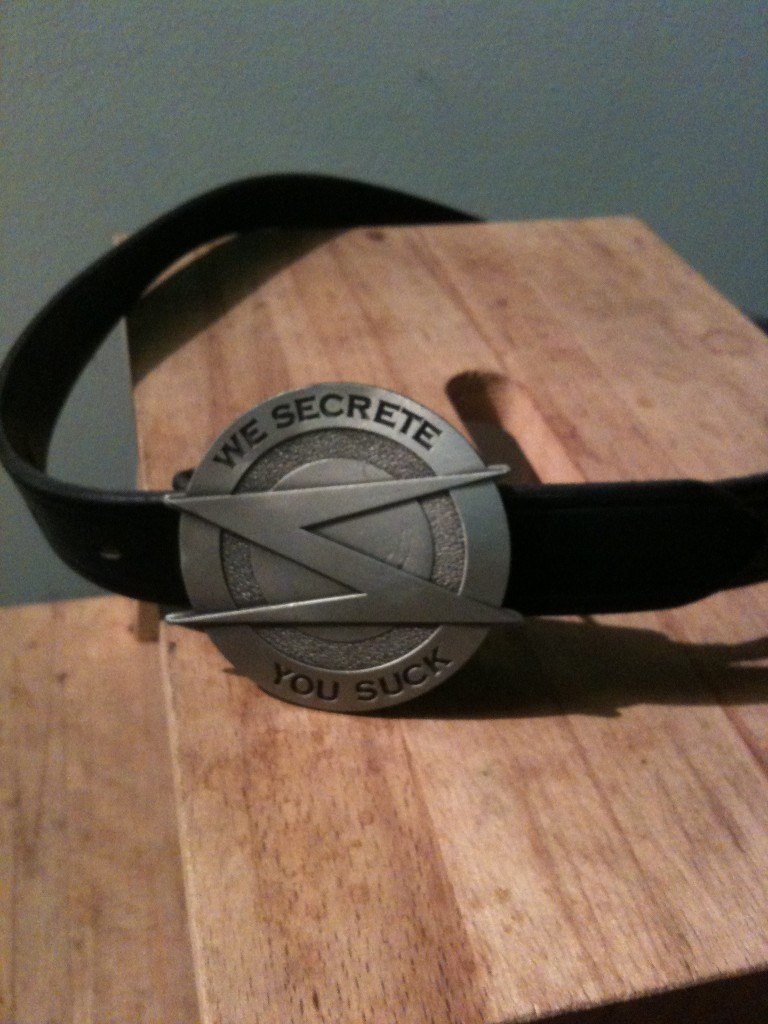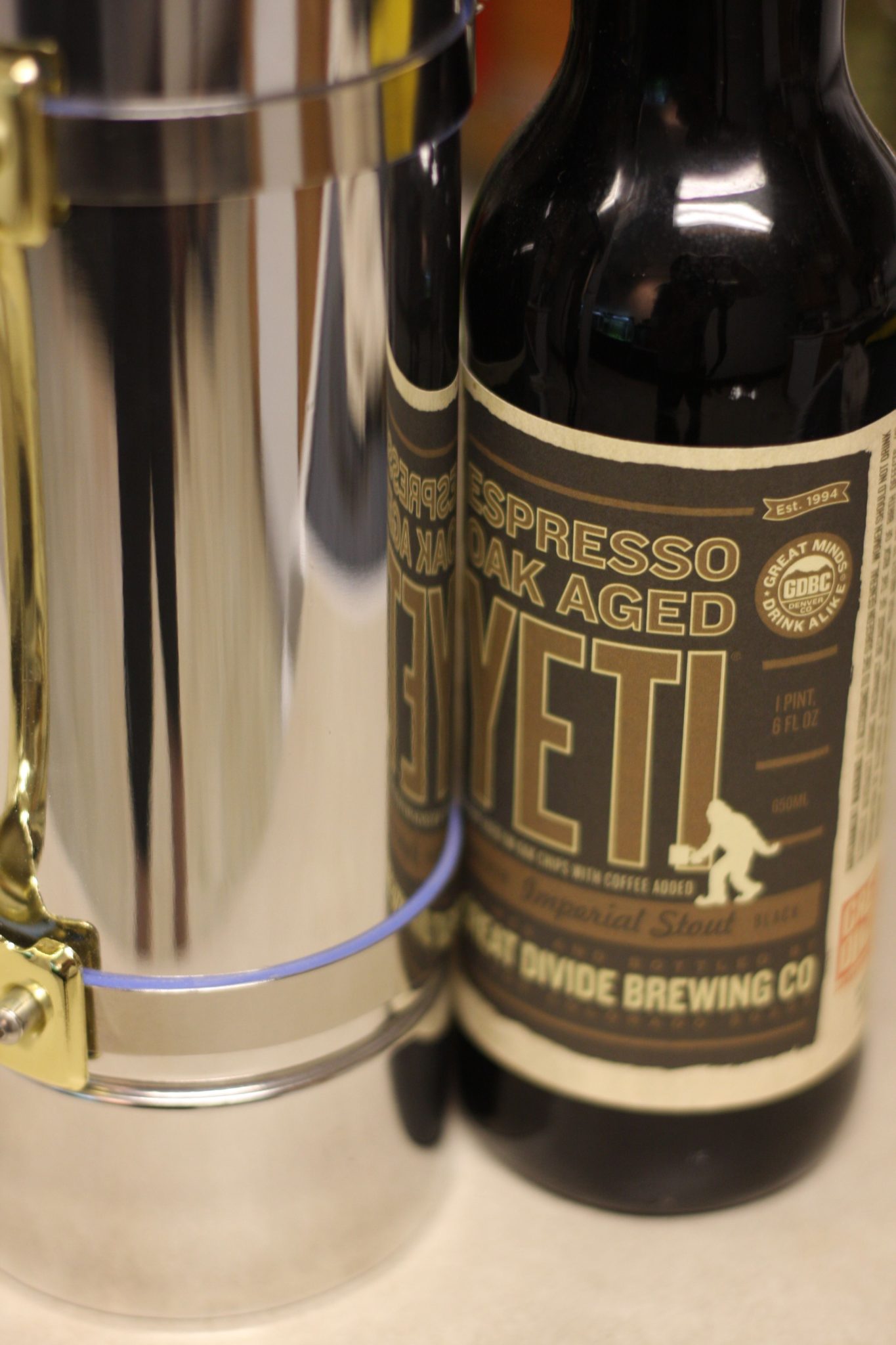Sometime in the darkest depths of August, a migration happened and Funranium Labs molted from it’s spring plumage to the new Iteration 4.0 feathers. Unfortunately, some things didn’t quite survive the transfer and a couple posts were lost. One of those posts was the announcement of the local availability of Black Blood of the Earth in a few select cities other than the Greater San Francisco Bay Area. At the time it was just BBotE Pimpstresses Greta and Natara, in Portland (PDX) and Los Angeles respectively, but now I can happily share that we have our very first BBotE Pimp of Greater Detroit, Ben!
The BBotE Pimpstresses & Pimp are self-nominated devotees to the cause of caffeination that have taken it upon themselves to make BBotE more readily available to their locales. By shipping bottles to them in large quantity, they can then pass BBotE along to you with minimal pain due to packaging & postage costs. 750ml bottles are available in Portland and Los Angeles for $45. I also have reliable reporting that in Los Angeles the bottles have been subdivided into one-shot 40ml test tubes tasters for $5 a piece. Starting next Friday, Detroit will be in possession of a case of 375ml bottles that will be available fo $30 a piece.
How do you get these local bottles? Well, you contact your local BBotE Pimp/Pimpstress. Here’s how:
For Greater Portland, please contact Greta [at] pdxyar [dot] org. She is happy to bring the piratical fighting art of twin axe and coffee wielding to PDX. Oh, she also fights cancer…though not necessarily with an axe.
You may reach the BBotE Pimpstress of Greater Los Angeles, Natara, funranium [dot] la [at] usefulmonkey [dot] net. When not keeping the Dream Factory humming with caffeine, she spends much of her time herding the Burning Man community of LA and seeking the spiritual enlightenment that will let her cope with the the aforementioned herding.
And now, the BBotE Pimp of Greater Detroit, or Delta City if you are an OCP shareholder, Ben. Ben is a tattoo artisan who’s heart is as dark as his metal and his coffee. I welcome him to my shadowy cabal for world domination. If you are in the Greater Detroit area and in need of a BBotE fix, you may drop him an email at via benjamineliasz [at] gmail [dot] com.
